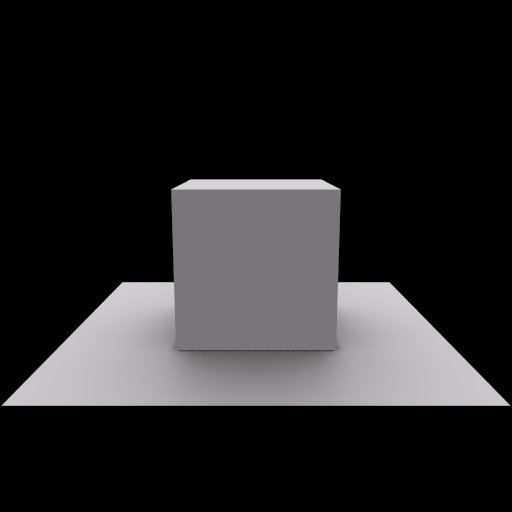
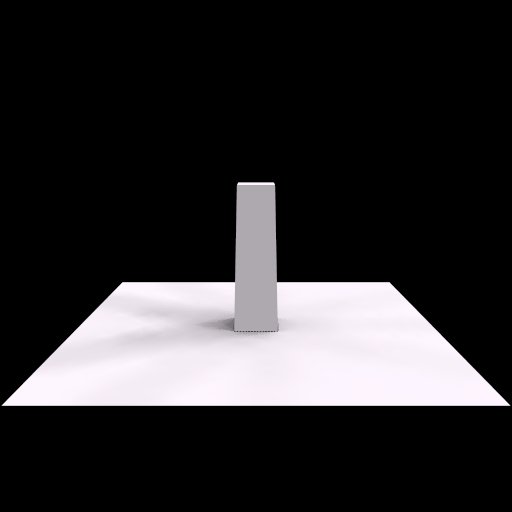


The LightWorks sky light source shader allows the illumination from the sky to be simulated via various standard models. Previously the sky light functionality was only available through the LightWorks radiosity module, but as of release 5.0 sky lights are also available in direct rendering. This means that ARCADE partners will be able to make use of the new functionality.
To maximise performance, we propose the development of a new "area sky" light source shader. This can be used to allow the illumination of a scene by the sky through a user-specified portal. Typical examples of where this would be required would be lighting a room through a doorway or window. For example the following image:
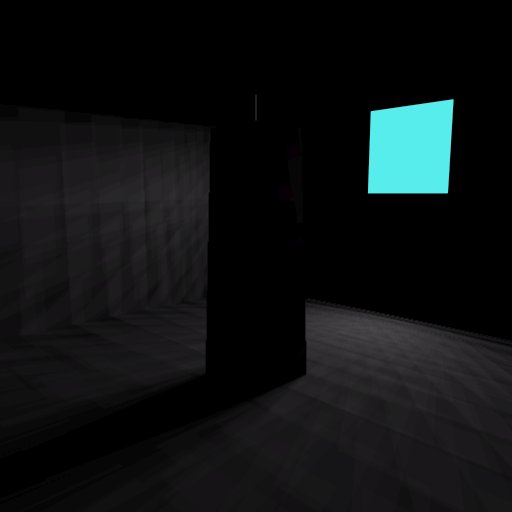
The above image shows a scene where a sky light is being used to simulate the light entering a room through a single window. Here, even at a relatively low detail level the render time was several minutes. Replacing the whole sky with an "area sky" light which only represents the section of the sky visible through the window should dramatically reduce these render times as all other areas of the sky (which are currently sampled) can be ignored.
The new area sky light source shader is now complete. This shader is intended to be used to model the light coming from the sky through some sort of portal into a scene. Typical applications would be the illumination of a room by the light shining in through a window or open doorway. Using the standard LightWorks sky light source to achieve these lighting effects is possible, but inefficient as the sample rendering times given below illustrate.
The following example shows one way in which the area sky shader can be used. The scene is a cubic room with a single window which just happens to be facing directly towards the sun. An ominous monolith stands in the centre of the room for shadow-casting purposes. The following images show (from left to right) the scene illuminated using
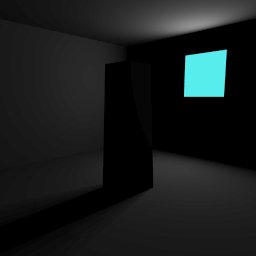
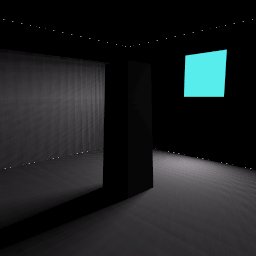
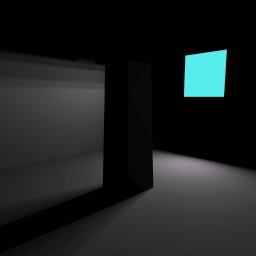
A couple of things are immediately noticeable about these images. Firstly the image generated using the sky light demonstrates a lot of artefacts. This occurs even though the "complexity" argument of the sky light was set to a reasonable value. The output generated using the area sky shader appears fairly similar, but shows far fewer artefacts. These can in fact be reduced even further by increasing the "min lod" parameter of the area light passed to the area sky light. The following image shows the result when this has been done.
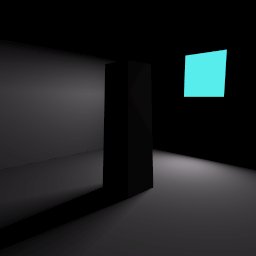
The area sky light is also MUCH FASTER when rendering scenes such as these (when compared to using a sky light with comparable complexity settings). For example, rendering the scene above in 256x256 resolution and using ray-traced shadows took:
The area sky light therefore produces a better image, 28 times faster than the sky light. If shadow maps are used instead of ray-traced shadows then the times are:
In this case the area sky light is 87 times faster than the standard sky light. This scene was not specially chosen to demonstrate the speedups available. In fact it is quite possible to get even bigger speedups when the "complexity" of the sky is increased. The time taken by the area sky shader is almost independent of the complexity. On the other hand with larger windows and larger values for the "min lod" parameter the speedup is smaller.
Complete documentation on the shader can be found here.
A new API function which can be used for interrogating a "sky" light source shader has been developed. See here for a full description.
This has been developed so that ARCADE partners are able to build up a hierarchical representation of a sky light source shader, within the LightWorks ADS. The function will be equally useful for area sky shaders.
![]()
Restricted information.
© LightWork Design Ltd. All information contained in
this document is the copyright of LightWork Design Ltd. (unless stated
otherwise) and may not be used or reproduced with prior written consent.
![]()